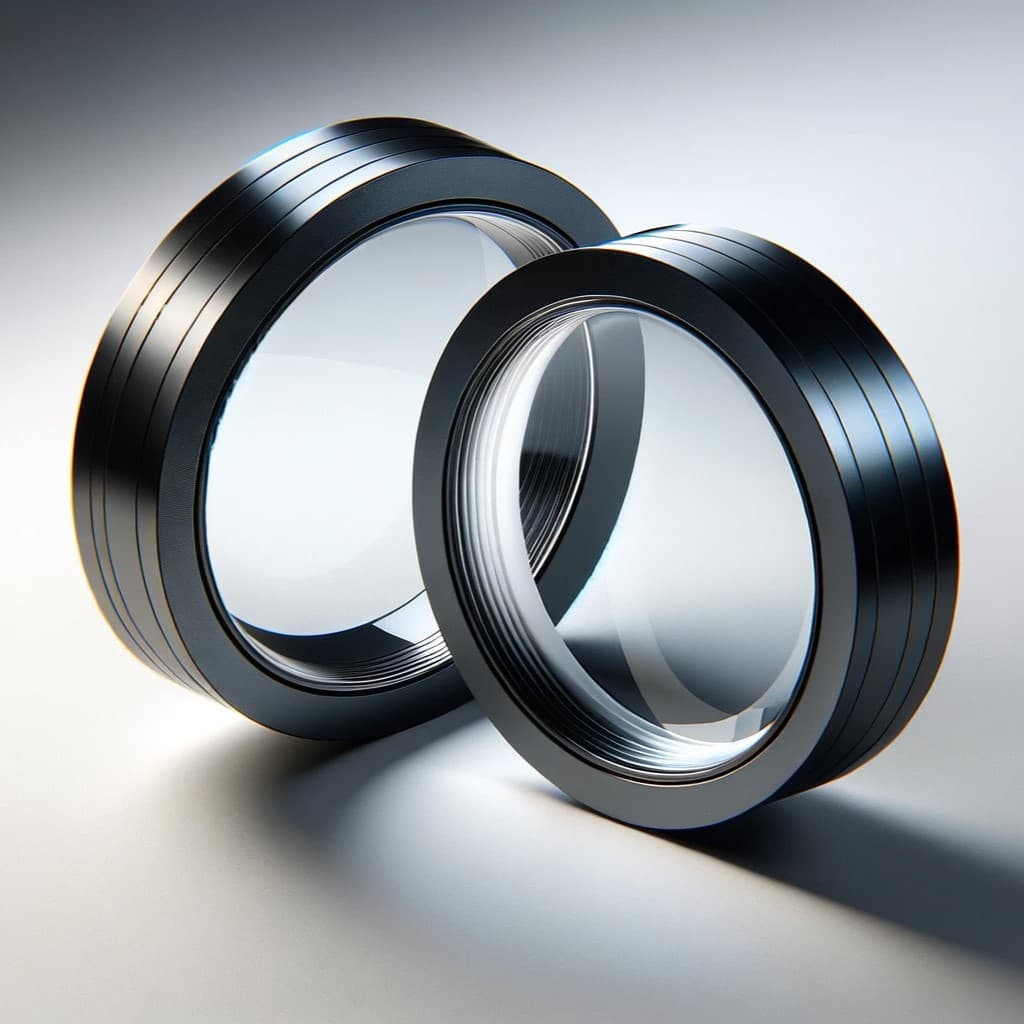


Effective Zero Order (ZO) Waveplates (Half-wave (HWP) & Quarter-wave (QWP) plates)
(Effective) Zero Order (ZO) Waveplates. Half and quarter waveplates designed by combining two waveplates to achieve effective zero order retardance.
Estimated Shipping Date: January 5, 2026 - January 19, 2026
* - Shopping cart pricing is based on the most recent pricing and it is NOT ORDERING, but requesting an official quotation which should typically reach You within 1-2 business days.
- Types
- Construction
Zero Order Waveplates: Half-wave (HWP) and Quarter-wave (QWP)
Alien Photonics zero-order waveplates, including Half-Wave (HWP) and Quarter-Wave (QWP) versions, are designed to modify the polarization state of light with high precision and stability. Their construction involves combining two multiple-order waveplates with their optical axes aligned orthogonally to each other. This design approach minimizes the effects of temperature fluctuations and wavelength changes on the phase shift, ensuring reliable and consistent performance across various conditions. Let’s delve into the specifics of HWP and QWP as zero-order waveplates:
Half-wave (HWP, λ/2) Zero Order (ZO) Waveplate
Alien Photonics zero-order half-wave plate (HWP) constructed from two multi-order waveplates aligned with their optical axes at right angles to each other. This design ensures a consistent 180° phase shift, essential for rotating the polarization of light, and compensates for changes in temperature and wavelength, ensuring stable operation of laser and other optical systems.
Quarter-wave (QWP, λ/4) Zero Order (ZO) Waveplate
zero-order quarter-wave plate (QWP) construction is similar and also involves two multi-order waveplates with their axes crossed orthogonally. This configuration of Alien Photonics waveplates guarantees a precise 90° phase shift. That shift enables effective conversion between linear and circular polarizations, with minimal sensitivity to environmental variations.
Zero Order Waveplates construction – glued, bonded or air-spaced?
Zero-order waveplates, designed to provide a specific phase shift (usually λ/2 or λ/4) with minimal wavelength sensitivity. Alien Photonics ZO waveplates can be constructed using different methods to suit various application needs. The common constructions are glued, bonded (also known as optically contacted), and air-spaced. Each of these constructions has its unique advantages and considerations:
| Feature | Air-spaced | Glued | Bonded (Optically Contacted) |
|---|---|---|---|
| Budget-friendlyness | 1 | 3 | 2 |
| Ease of handling | 5 | 4 | 4 |
| Thermal Stability | 5 | 4 | 5 |
| LIDT | 5 | 1 | 4 |
| Retardation Tolerance | 5 | 4 | 5 |
Glued Zero Order Waveplates
Glued zero order waveplates are constructed by combining two multiple order waveplates with their axis crossed using adhesive. In this configuration one waveplate cancels other leaving only half or quarter wave retardance. The downside is that glue limits laser induced damage threshold.
Bonded (optically contacted) Zero Order Waveplates
Bonded zero order waveplates are constructed similarly to glued, but instead if adhesive, the optical bonding technology is used. In this configuration two multiple order waveplates also cancel each other resulting in effective half or quarter wave retardance. The optical contact eliminates the adhesive limits, so laser damage threshold is higher.
Air-spaced Zero Order Waveplates
Air-spaced zero order waveplates are constructed with two multiple order waveplates place inside of mount with air gap between them. These two multiple waveplates cancel each other out which results in effective zero wave and half or quarter wave retardance. Air-spaced zero order waveplates are the most resistant to laser damage among others.